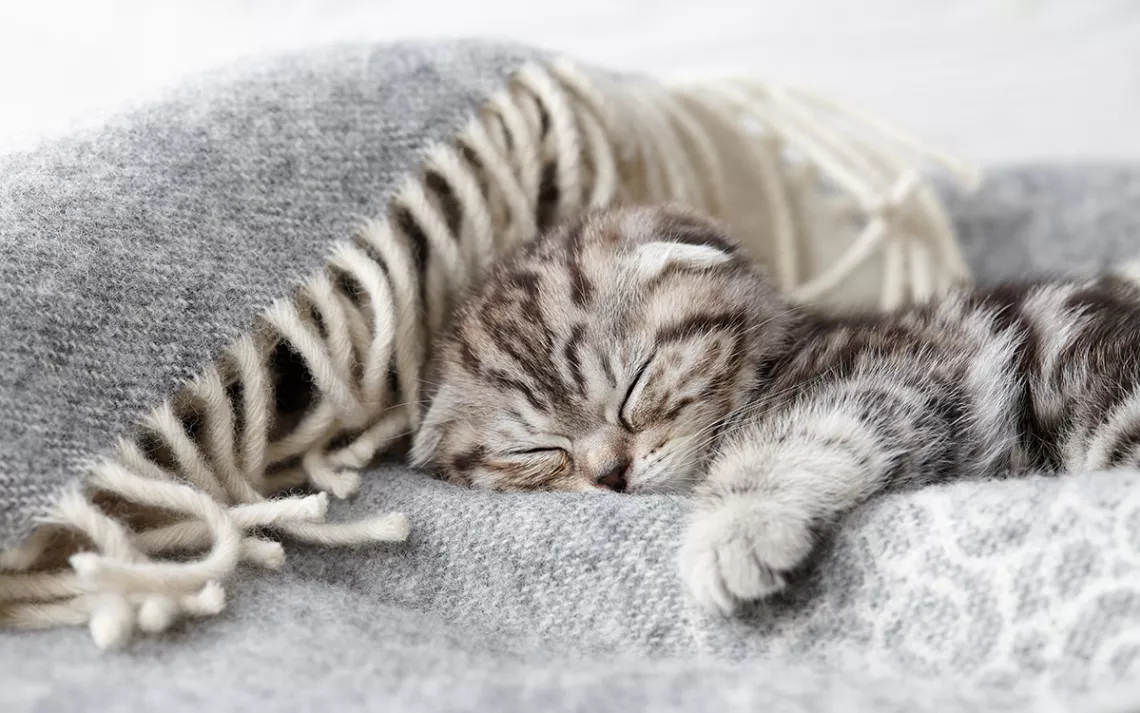Heating Hacks for Winter
How to keep the house warm without cranking up the fossil fuels

Photo by Kobeza | iStock
Winter’s chill can blindside home dwellers with icy window drafts breathing down one’s neck. Before cranking up the heater, consider that 40 percent of US households rely on electricity as their primary heating source in winter, and another 47 percent rely on natural gas—and the government forecasts an increase in utility costs this winter because of higher global energy prices.
Keeping warm in winter doesn’t have to mean a dramatic increase in nonrenewable energy use. Sealing up your home to trap heat is just as important as using energy-efficient appliances at the right time of day. Try warming up with these sustainable heating hacks and smartly monitoring your energy consumption. If you want to calculate your winter energy usage, the Department of Energy has this handy tool to help you estimate costs.
Seal Up Openings and Air Leaks
Air leaks are super greedy: They account for 30 percent of heat loss in homes, allowing built-up warmth to escape and wrecking temperature regulation for thermostats. Overall, drafts can drastically decrease the efficiency of how your home retains heat throughout the day and night. Keep that heat inside: Apply caulk on cracks less than ¼-inch thick (for thicker cracks, use spray foam insulation from your local hardware store).
For the crack under the door, thick foam door stoppers, or even a rolled-up towel, are simple yet effective ways to block drafts at night, or while you’re away from home. For temporary window insulation that lasts all winter, cover the sides and the inner track above the window sill with weather stripping. This can be done with anything from tension seals, sticky foam tape, to even plain old felt! For more weather-stripping ideas, check out guides put together by the US Department of Energy.
Keep Furnaces Unclogged and Dust Free
A furnace covered in dust is much less efficient. If you use a gas furnace, hold off on lighting that pilot light until you pop out the cover, and inspect the wires and vents for heavy dust (there will likely be a lot). Make sure the gas is turned off, then use a soft-tipped paintbrush to give the tubes, wires, and slatted vent cover a good once-over to loosen up a year’s worth of debris. Afterward, suck up all the debris with a portable vacuum cleaner.
When you start using your heater, make sure it’s not blocked by a bed or furniture, to allow for maximum heat circulation (also . . . fire hazard). If you don’t feel comfortable cleaning a furnace yourself, you can always set up an appointment with a local utility provider, and a representative can inspect each component for security, replace outdated filters, and clean hard-to-reach areas.
Use Curtains to Harness the Sun’s Warmth
According to the US Department of Energy, about 76 percent of sunlight that falls on standard double-pane windows enters a room as toasty heat. And yet, 30 percent of that energy gets lost through windows due to convection currents, when cool outdoor air enters the window and sinks to the floor as indoor heat rises and escapes.
During the day, regardless of how sunny or cloudy it is, keep the curtains pulled back and blinds up to capture the sun’s heat. Once the sun sets, close all window coverings to prevent the heat from escaping back out the window. Make sure your curtains reach all the way to the floor, to trap frosty air coming in from the window at night. If the sides of your curtains don’t reach around to the wall, use duct tape or velcro to seal them down. Remember that two drapes hung side-by-side create a tighter air space than one pulled all the way across.
Adjust Your Thermostat
By lowering your thermostat at times when you don’t need it—like when your windows receive direct sunlight or you’re asleep—you can save as much as 10 percent on your heating costs. Try setting the thermostat to 68 degrees during the day and five to 10 degrees lower at night.
Instead of keeping a heater on for eight hours, stay warm under the covers at night with flannel sheets and thick comforters. A programmable thermostat is great for winter, as you can set it to automatically regulate with your waking and sleeping hours.
Dress Warmly and Stick to the Warmest Areas
Why waste energy heating up a whole house or apartment if you’re only in one area? Attic and storage room spiders can come to you if they want to get warm.
Only turn on furnaces or space heaters in rooms that you’re inhabiting; more energy is wasted trying to heat up a bathroom or bedroom that you’ll only be in for a few minutes. While the common-held wisdom of closing up vents for central heating in unused rooms is now debated (doing so can decrease the efficiency of your HVAC system, and draw hot air into the colder rooms), you should still stick to the warmest parts of your home to conserve energy, like rooms with south-facing windows.
 The Magazine of The Sierra Club
The Magazine of The Sierra Club



